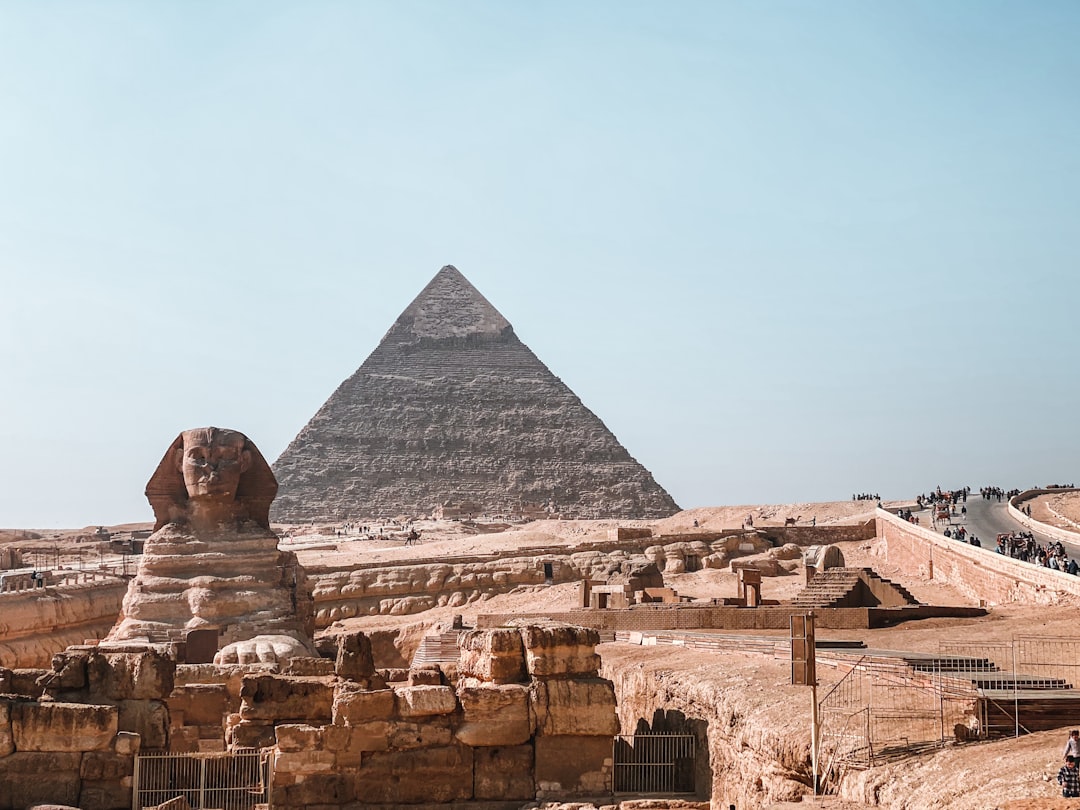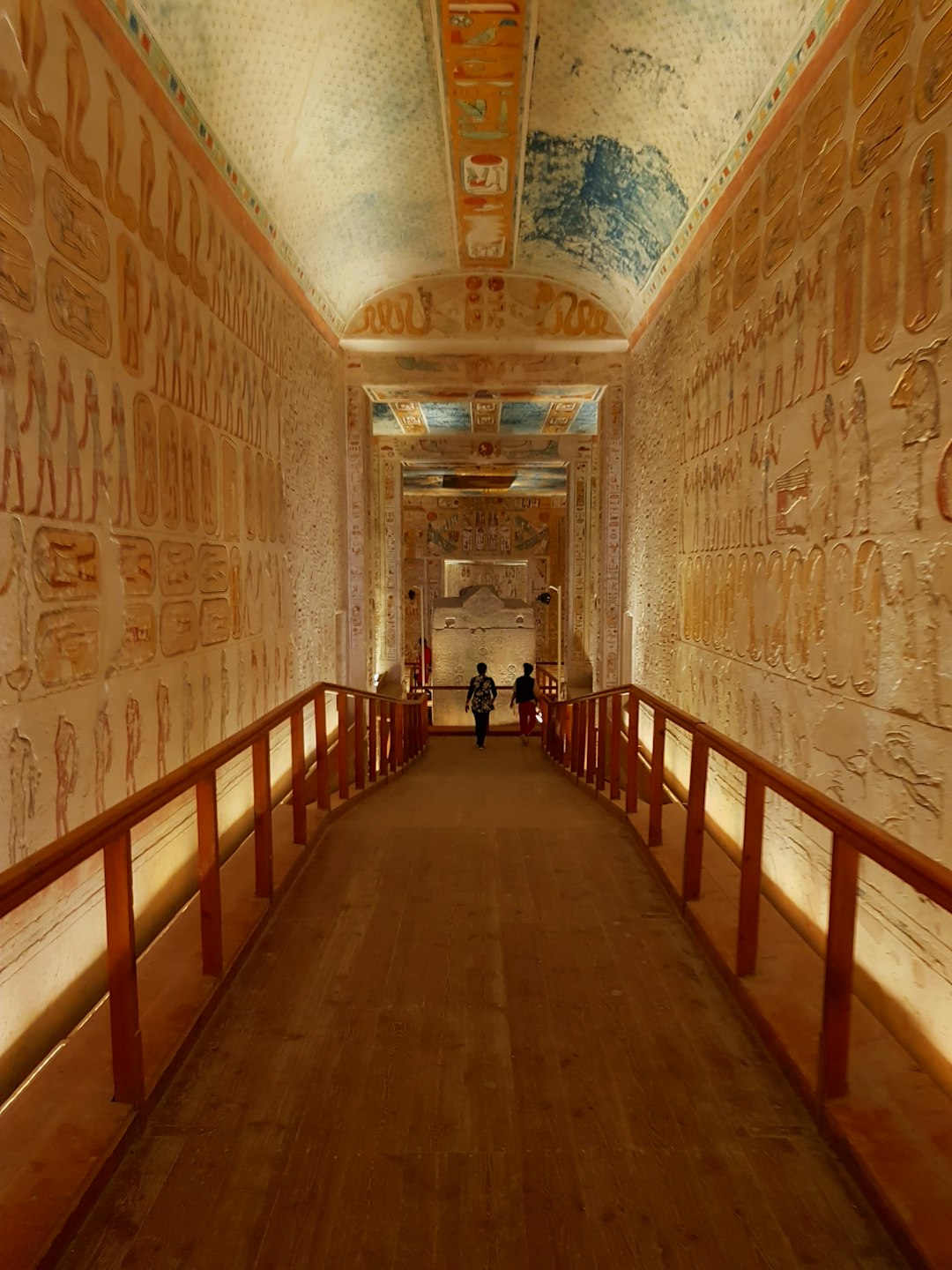Marvels of Ancient Egypt: the Pyramids and the Sphinx
Exploring Egypt's most iconic ancient monuments

Note: Be aware of current travel safety conditions before you visit Egypt. The situation can change rapidly.
Egypt's pyramids and Sphinx stand as eternal testaments to the incredible engineering prowess and rich cultural heritage of the ancient Egyptians. These awe-inspiring structures have captivated the imagination of travelers and historians for centuries, drawing millions of visitors from around the world each year. In this article, we will delve into the secrets and wonders of Egypt's iconic pyramids and Sphinx, revealing the stories they tell and the experiences they offer to intrepid explorers.
The Pyramids of Giza, located on the outskirts of Cairo, are undoubtedly the most famous pyramids in the world. Built as monumental tombs for the pharaohs of the Old Kingdom, these colossal structures have withstood the test of time, still dominating the desert landscape after thousands of years. The Great Pyramid of Khufu, the largest of the three pyramids, is a true marvel of ancient engineering, rising to a height of approximately 481 feet. Its construction required an estimated 2.3 million stone blocks, weighing an average of 2.5 tons each, meticulously stacked to create a monumental pyramid that has puzzled scholars and scientists alike.
Visiting the Pyramids of Giza allows travelers to step back in time and immerse themselves in the splendor of ancient Egypt. As you approach the site, the sheer magnitude of the pyramids becomes apparent, leaving you in awe of the remarkable achievements of the ancient Egyptians. Giza's plateau is also home to the enigmatic Sphinx, a mythical creature with the body of a lion and the face of a pharaoh, believed to represent the king Khafre. Standing proudly in front of the pyramids, the Sphinx guards these monumental tombs, shrouded in mystery and intrigue.

Exploring the interior of the pyramids is a truly unforgettable experience. While entry into the Great Pyramid of Khufu is limited, the smaller pyramids of Khafre and Menkaure offer the opportunity to venture inside and witness the intricate passageways and chambers that once held the pharaohs and their treasures. As you descend into the depths of these ancient structures, a sense of reverence and wonder takes hold, reminding you of the grandeur and sophistication of the ancient Egyptian civilization.
The pyramids and Sphinx are not just archaeological wonders; they are windows into the past, offering valuable insights into the beliefs, rituals, and daily life of the ancient Egyptians. Intricate hieroglyphs adorn the walls of the pyramids, narrating the stories of the pharaohs and their divine connection to the gods. The Great Sphinx, with its enigmatic smile, continues to spark debates and theories about its true purpose and symbolism.
Beyond the Pyramids of Giza, Egypt is home to numerous other pyramid complexes that are equally deserving of exploration. The Pyramid of Djoser in Saqqara, often considered the world's oldest major stone structure, showcases the evolution of pyramid architecture, with its unique step pyramid design. The Dahshur Necropolis, located south of Giza, boasts the Bent Pyramid and the Red Pyramid, both offering a glimpse into the evolution of pyramid construction techniques.
To truly appreciate the pyramids and Sphinx, it is recommended to engage the services of a knowledgeable guide. These experts can provide valuable historical and cultural context, enriching your experience and helping you unravel the mysteries of these ancient structures. Many guides can also arrange special access to restricted areas or even organize sunrise or sunset visits, allowing you to witness the pyramids in a different light, both figuratively and literally.
While exploring Egypt's iconic pyramids and Sphinx, it's important to consider the preservation and conservation efforts in place. These ancient monuments face various challenges, including the effects of time, climate, and tourism. Responsible tourism practices, such as respecting designated paths, avoiding vandalism, and supporting local conservation initiatives, can help ensure that future generations continue to marvel at the magnificence of these architectural marvels.
In conclusion, a journey to Egypt is incomplete without a visit to the pyramids and Sphinx. These monumental structures not only showcase the ingenuity and engineering prowess of the ancient Egyptians but also offer a profound connection to the past. As you stand in the shadow of these enduring treasures, you can't help but be humbled by the legacy of a civilization that flourished thousands of years ago. The pyramids and Sphinx are not merely silent witnesses to history; they are storytellers, beckoning us to unravel their mysteries and pay homage to the extraordinary achievements of the past.
